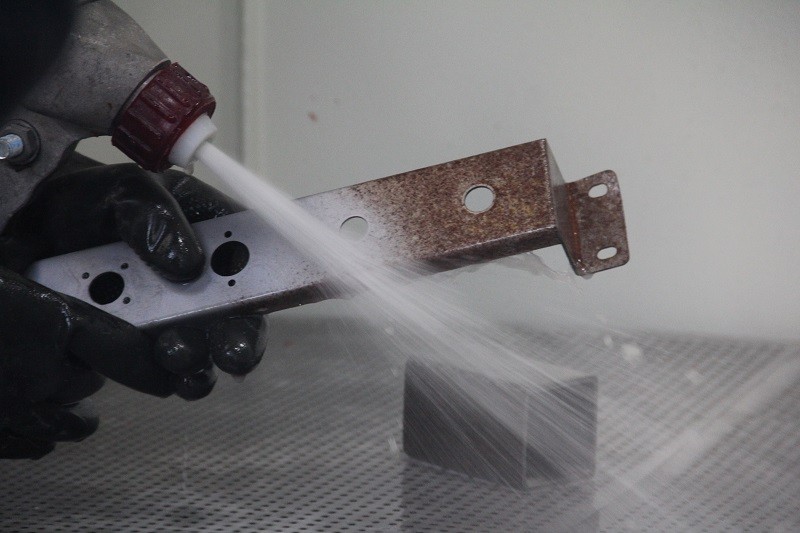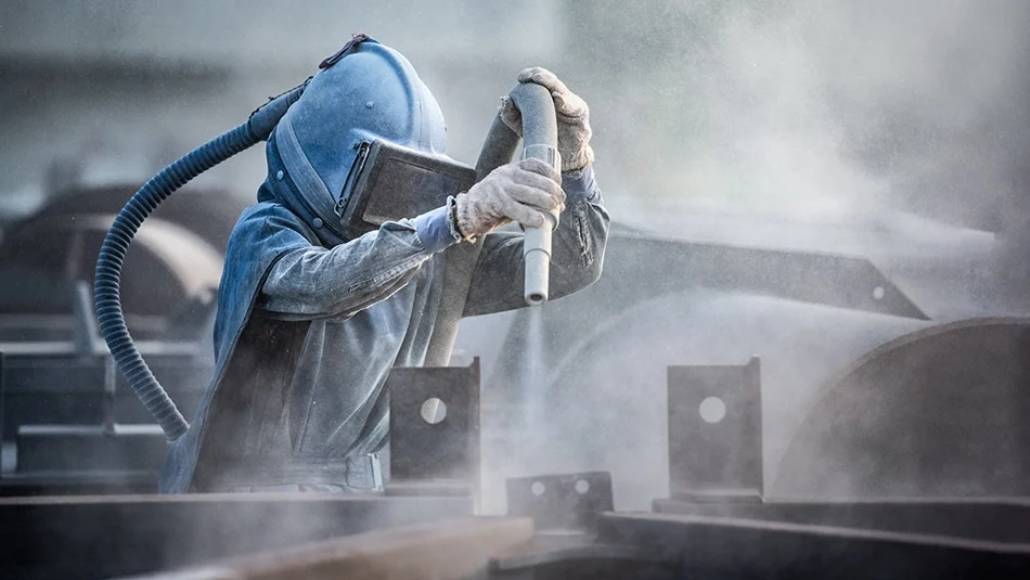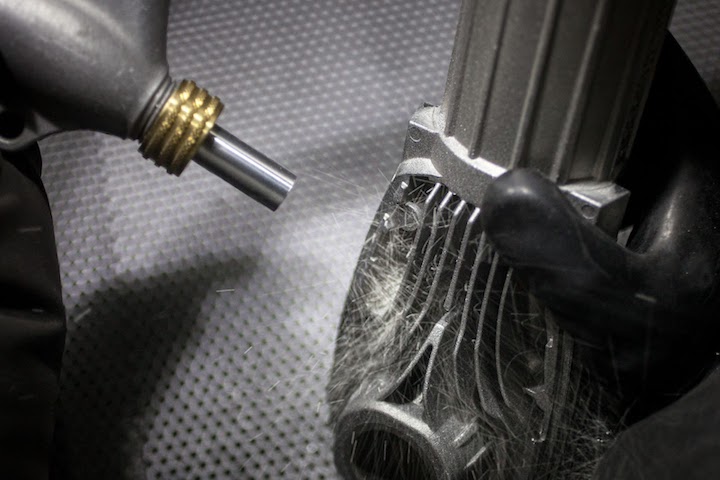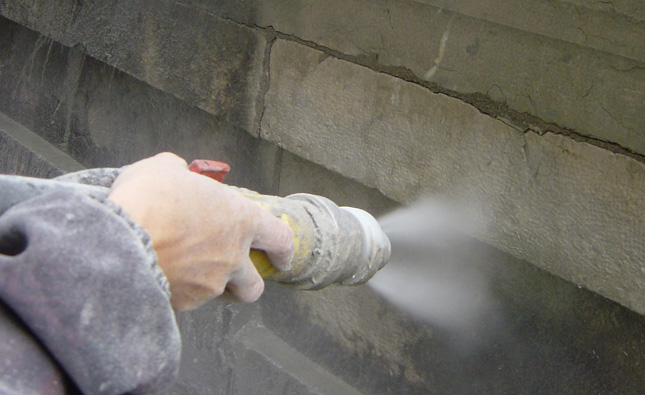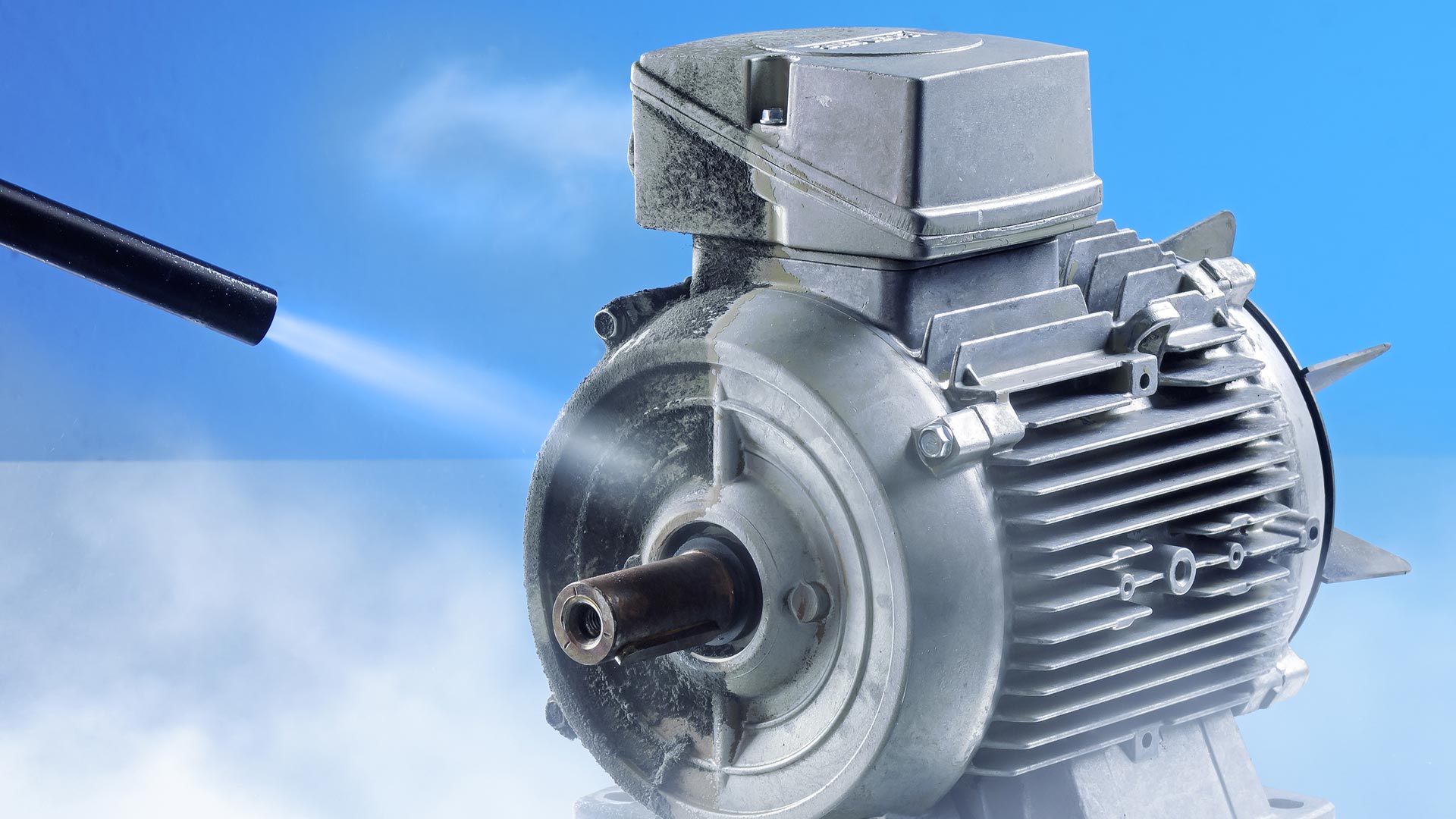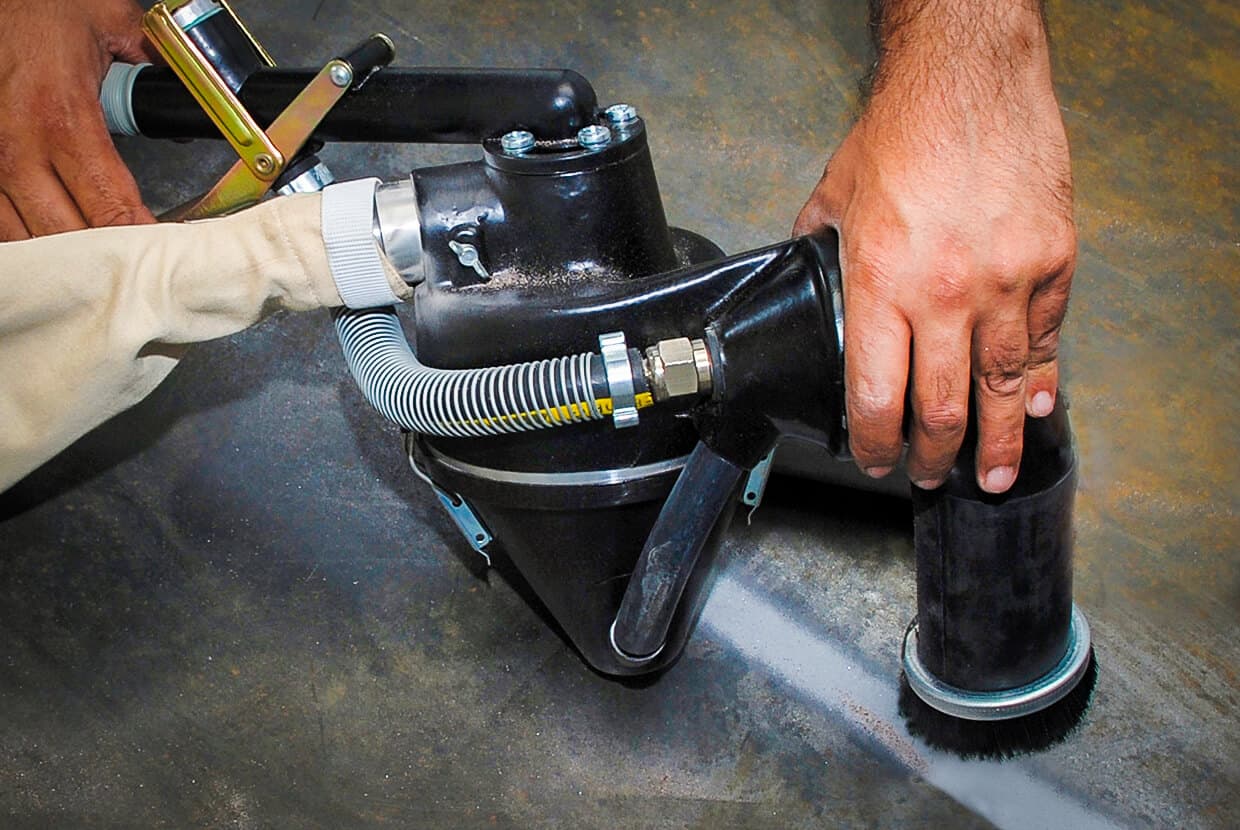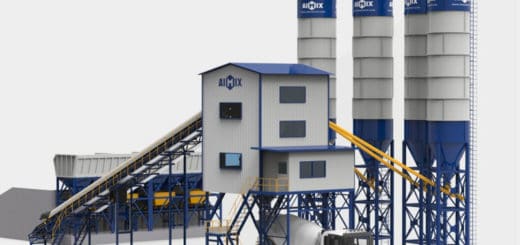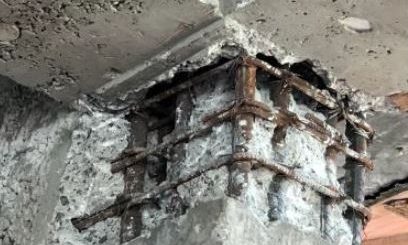Sandblasting | Types and Techniques
Sandblasting, a versatile technique that has evolved over the years, involves propelling abrasive materials at high velocity to smooth, shape, or clean surfaces. This article we are discussing the intricacies of sandblasting, with a focus on its various techniques and their applications.
Types of Sandblasting Techniques
Sandblasting comes in different forms, each tailored to specific needs and materials. Understanding these techniques is crucial for achieving optimal results.
Wet Sandblasting
Wet sandblasting involves the use of water to control dust during the blasting process. The abrasive material is mixed with water before being propelled onto the surface.
This method is particularly effective for minimizing airborne particles and is commonly used in sensitive environments.
Process and Equipment
The wet sandblasting process starts with the mixture of abrasive material, often sand, and water in a blasting machine. The resulting slurry is then propelled through a specialized nozzle onto the target surface. The equipment includes a pressure washer and a sandblasting attachment.
Image Source: Internet
Advantages and Applications
Wet sandblasting is known for its ability to reduce dust, making it suitable for indoor projects. It is often used for delicate surfaces, such as historical artifacts or soft stones, where minimizing damage is crucial. The process also enhances the efficiency of abrasive materials, reducing overall consumption.
Dry Sandblasting
Dry sandblasting, on the other hand, relies solely on high-pressure air to propel abrasive materials onto the surface. This method is versatile and widely used in various industries for its efficiency.
Procedure and Machinery
In dry sandblasting, the abrasive material is loaded into a blasting machine and propelled through a nozzle using compressed air. The high-pressure air stream accelerates the abrasive particles, allowing them to impact the surface with force.
Suitability and Limitations
Dry sandblasting is effective for a wide range of surfaces, including metal, concrete, and wood. It is commonly used for tasks like rust removal, paint stripping, and surface preparation. However, the process generates more dust compared to wet sandblasting, requiring proper ventilation and safety measures.
Bead Blasting
Bead blasting involves using small glass beads as the abrasive material. This technique is known for its ability to provide a smooth finish without damaging the underlying surface.
Characteristics and Uses
The glass beads used in this technique are spherical and less abrasive than traditional sand. Bead blasting is often chosen for its ability to clean and peen surfaces without causing distortion or damage.
Image source: Internet
Materials Suitable for Bead Blasting
Bead blasting is suitable for materials like aluminum, stainless steel, and plastics. It is commonly used in the automotive industry for cleaning and finishing components without altering their dimensions.
Soda Blasting
Soda blasting utilizes sodium bicarbonate (baking soda) as the abrasive material. This method is gentle yet effective, making it suitable for various applications.
Overview and Methodology
Soda blasting involves propelling sodium bicarbonate particles onto a surface using compressed air. The soft nature of the particles allows for effective cleaning without causing damage, making it a preferred choice for sensitive materials.
Applications and Environmental Considerations
Soda blasting is commonly used for cleaning and de-painting surfaces like wood, fiberglass, and certain metals. Its environmentally friendly nature, as baking soda is non-toxic and water-soluble, makes it a preferred choice for projects where environmental impact is a concern.
Understanding these sandblasting techniques provides valuable insights into choosing the right method for specific projects, ensuring optimal results without compromising the integrity of the surfaces being treated.
Vapor Blasting Process
Vapor blasting, also known as wet blasting or liquid honing, is a surface preparation technique that involves the use of a slurry mixture of water, abrasive media, and compressed air.
This mixture is ejected at high pressure onto a surface, providing a unique and effective method for cleaning, finishing, and restoring various materials.
Components of the Vapor Blasting Process
- Water: The addition of water to the blasting process controls dust, cools the abrasive particles, and enhances the overall efficiency of the process.
- Abrasive Media: Commonly used abrasive media include glass beads, aluminum oxide, or other materials suitable for the desired surface finish.
- Compressed Air: High-pressure compressed air accelerates the slurry mixture, propelling it onto the target surface with precision.
Advantages of Vapor Blasting
Understanding the advantages of vapor blasting highlights its versatility and effectiveness in various applications.
- Gentle on Surfaces
Unlike traditional dry blasting methods, vapor blasting is renowned for its gentle approach. The addition of water cushions the impact of abrasive particles, preventing damage to delicate surfaces while still achieving effective cleaning.
- Consistent Surface Finish
Vapor blasting provides a consistent and uniform surface finish. The control over abrasive media and water mixture allows for tailored results, making it suitable for applications where a specific texture or appearance is desired.
- Minimal Dust Generation
The inclusion of water in the process suppresses dust, creating a safer and more controlled working environment. This is especially beneficial for projects in enclosed spaces or sensitive areas where dust containment is crucial.
- Versatility in Applications
Vapor blasting is versatile and applicable across a wide range of materials, including metals, plastics, ceramics, and composites. Its adaptability makes it suitable for diverse industries, from automotive and aviation to restoration and artistry.
Applications of Vapor Blasting
Understanding the diverse applications of vapor blasting showcases its relevance in various industries and creative pursuits.
- Automotive Restoration
Vapor blasting has become a preferred method for restoring automotive components. From cleaning engine parts to refinishing vintage car surfaces, its ability to remove contaminants without causing damage makes it ideal for preserving the integrity of classic vehicles.
- Marine Industry
In the marine industry, where surfaces are exposed to harsh environmental conditions, vapor blasting is employed for cleaning boat hulls, removing rust from ship components, and preparing surfaces for protective coatings.
- Aerospace Maintenance
Precision is paramount in aerospace maintenance, and vapor blasting meets this demand. It is used for cleaning and refurbishing aircraft components, ensuring optimal performance and longevity.
- Artistic Surface Finishing
Artists and craftsmen utilize vapor blasting for intricate surface finishing in artistic projects. Whether it’s adding texture to sculptures or creating unique designs on metal, vapor blasting offers a controlled and artistic touch.
- Industrial Equipment Cleaning
In industrial settings, where machinery and equipment undergo wear and tear, vapor blasting is employed for efficient cleaning. It removes contaminants, rust, and old coatings, enhancing the durability and performance of industrial equipment.
Wheel Blasting
Wheel blasting, a formidable method in the realm of surface treatment, stands as a powerful technique for cleaning, peening, and finishing various materials. This article explores the intricacies of wheel blasting, shedding light on its process, applications, and advantages.
Wheel Blasting Process
Wheel blasting, also known as airblast or wheelabrator blasting, is a mechanical surface treatment method that employs centrifugal force to propel abrasive particles onto a surface. The process involves a high-speed wheel or turbine that rapidly spins and throws abrasive media onto the target material.
Components of the Wheel Blasting Process
- Abrasive Media: Common abrasive materials include steel shot, steel grit, aluminum oxide, or glass beads, depending on the desired surface finish and the material being treated.
- Wheel or Turbine: The heart of the wheel blasting system, the wheel or turbine, rotates at high speeds, generating centrifugal force. This force hurls the abrasive media towards the surface, facilitating efficient cleaning or finishing.
- Enclosure or Cabinet: The wheel blasting process is often enclosed in a cabinet or chamber to contain the abrasive media and ensure a controlled environment.
Advantages of Wheel Blasting
Understanding the advantages of wheel blasting emphasizes its efficiency and suitability for various applications.
- High Productivity
Wheel blasting is known for its high productivity, making it a preferred choice for large-scale operations. The rapid rotation of the wheel ensures a continuous and consistent supply of abrasive media, leading to efficient surface treatment.
- Precision and Consistency
The controlled and directed force of the abrasive media from the spinning wheel results in precise and consistent surface finishes. This makes wheel blasting suitable for applications where uniformity is crucial.
- Versatility in Applications
Wheel blasting is versatile and applicable to a wide range of materials, including metals, alloys, and composites. Its adaptability makes it an essential method in industries such as manufacturing, automotive, and construction.
- Effective Rust and Coating Removal
The kinetic energy generated by the spinning wheel allows wheel blasting to effectively remove rust, coatings, and contaminants from surfaces. This is especially beneficial for restoring and preparing materials for subsequent treatments.
Applications of Wheel Blasting
Exploring the diverse applications of wheel blasting highlights its significance in various industries and surface treatment scenarios.
- Metal Cleaning and Preparation
In industries such as manufacturing and metal fabrication, wheel blasting is employed for cleaning and preparing metal surfaces. It removes scale, rust, and old coatings, ensuring optimal adhesion for subsequent treatments.
- Surface Texturing for Coating Adhesion
Wheel blasting is utilized to create textured surfaces that enhance the adhesion of coatings such as paint, primer, or protective finishes. This is crucial in applications where a strong and durable finish is essential.
- Deburring and Desanding
In manufacturing processes, wheel blasting is effective for deburring and desanding metal components. It efficiently removes burrs, sharp edges, and unwanted sand residues, improving the overall quality of machined parts.
- Peening for Stress Relief
Wheel blasting is used for shot peening, a process that imparts compressive stress on metal surfaces, enhancing their fatigue resistance and durability. This is particularly important in aerospace and automotive applications.
Dry Ice Blasting
Dry ice blasting, also known as CO2 blasting, involves propelling small pellets of dry ice at high speeds to clean and prepare surfaces.
The dry ice pellets are made from carbon dioxide (CO2) and are extremely cold at -78.5 degrees Celsius (-109.3 degrees Fahrenheit). The process harnesses the thermal and kinetic energy of the dry ice pellets to remove contaminants and achieve various surface treatment objectives.
Components of the Dry Ice Blasting Process
- Dry Ice Pellets: These are the primary blasting media and are created by pressurizing and cooling gaseous carbon dioxide.
- Pellet Delivery System: Dry ice pellets are delivered to the blasting nozzle through a pellet delivery system, where they are accelerated using compressed air.
- Blasting Nozzle: The blasting nozzle directs the high-speed dry ice pellets to the target surface, effectively removing contaminants through a combination of thermal shock and kinetic energy.
Advantages of Dry Ice Blasting
Understanding the advantages of dry ice blasting showcases its effectiveness and environmental sustainability.
- Non-Abrasive and Non-Conductive
Dry ice blasting is non-abrasive, making it suitable for delicate surfaces without causing damage. Additionally, it is non-conductive, allowing for safe use on electrical components without the risk of electrical conductivity.
- Environmentally Friendly
The process uses CO2, a byproduct of various industrial processes, as the blasting media. As dry ice pellets sublimate upon contact, the method is environmentally friendly, producing no secondary waste.
- No Residue
Dry ice blasting leaves no secondary waste or residue. The sublimated dry ice turns into gas, leaving a clean and residue-free surface. This is particularly advantageous in industries where cleanliness and minimal cleanup are crucial.
- Reduced Downtime
The non-destructive nature of dry ice blasting minimizes equipment disassembly and downtime. It allows for on-the-fly cleaning and surface preparation, contributing to increased operational efficiency.
Applications of Dry Ice Blasting
Exploring the diverse applications of dry ice blasting unveils its versatility across various industries and surface treatment scenarios.
- Industrial Equipment Cleaning
Dry ice blasting is extensively used for cleaning industrial equipment and machinery. It efficiently removes contaminants such as grease, oil, and residues, maintaining optimal performance and extending the lifespan of equipment.
- Restoration and Historic Preservation
In restoration projects, especially those involving delicate surfaces or historical artifacts, dry ice blasting is a preferred method. It gently removes contaminants without causing damage, preserving the integrity of the restored item.
- Food and Beverage Industry
The non-toxic and residue-free nature of dry ice blasting makes it suitable for cleaning equipment in the food and beverage industry. It effectively removes bacteria, mold, and other contaminants without the use of harsh chemicals.
- Fire and Smoke Damage Restoration
In fire and smoke damage restoration, dry ice blasting is employed to remove soot, smoke residues, and odors from surfaces. Its non-abrasive and residue-free characteristics are valuable in restoring properties to pre-damaged conditions.
Vacuum Blasting
In the realm of surface preparation and cleaning, vacuum blasting emerges as a powerful and efficient method. It can be used in achieving superior surface finishes.
Vacuum blasting, also known as dustless blasting or closed-circuit blasting, combines abrasive blasting with a powerful vacuum system.
This integrated approach effectively captures and contains the abrasive media and removed contaminants, preventing them from dispersing into the surrounding environment.
Components of the Vacuum Blasting Process
- Abrasive Media: Common abrasive materials include steel grit, garnet, or other materials suitable for the desired surface finish and material being treated.
- Blasting Nozzle: The blasting nozzle directs the high-speed abrasive media onto the target surface, removing contaminants and preparing the surface for subsequent treatments.
- Vacuum System: The vacuum system, connected to the blasting equipment, captures and contains the abrasive media and debris. This prevents dust and contaminants from escaping into the air.
- Recovery and Recycling System: Some vacuum blasting systems include a recovery and recycling system that separates reusable abrasive media from debris, contributing to cost-effectiveness and environmental sustainability.
Advantages of Vacuum Blasting
Understanding the advantages of vacuum blasting highlights its efficiency, environmental friendliness, and suitability for various applications.
- Dust-Free Operation
The integrated vacuum system ensures a dust-free operation, making vacuum blasting suitable for projects in sensitive environments or enclosed spaces where dust containment is critical.
- Environmental Sustainability
By capturing and containing abrasive media and contaminants, vacuum blasting contributes to environmental sustainability. The ability to recycle abrasive media further reduces waste and minimizes environmental impact.
- Operator Safety
The dustless operation of vacuum blasting enhances operator safety by reducing exposure to airborne particles. Protective gear requirements are also minimized, creating a safer working environment.
- Versatility in Applications
Vacuum blasting is versatile and applicable to a wide range of materials, including metals, concrete, and wood. Its adaptability makes it suitable for various industries, from construction and shipbuilding to restoration projects.
Applications of Vacuum Blasting
Exploring the diverse applications of vacuum blasting unveils its significance in achieving superior surface preparation and cleaning.
- Marine and Shipyard Maintenance
In the marine industry, vacuum blasting is widely used for cleaning and preparing ship surfaces. It efficiently removes marine growth, rust, and old coatings, ensuring the longevity and performance of marine structures.
- Industrial Equipment Cleaning
Vacuum blasting finds applications in cleaning industrial equipment and machinery. It effectively removes contaminants such as paint, rust, and residues, contributing to the maintenance and optimal operation of industrial facilities.
- Concrete Surface Preparation
In construction and restoration projects, vacuum blasting is employed for preparing concrete surfaces. It removes old coatings, contaminants, and laitance, creating an ideal surface for coatings, overlays, or repairs.
- Historic Restoration
The dust-free operation of vacuum blasting makes it suitable for historic restoration projects. It preserves delicate surfaces and removes contaminants without causing damage, contributing to the restoration of historical structures.

